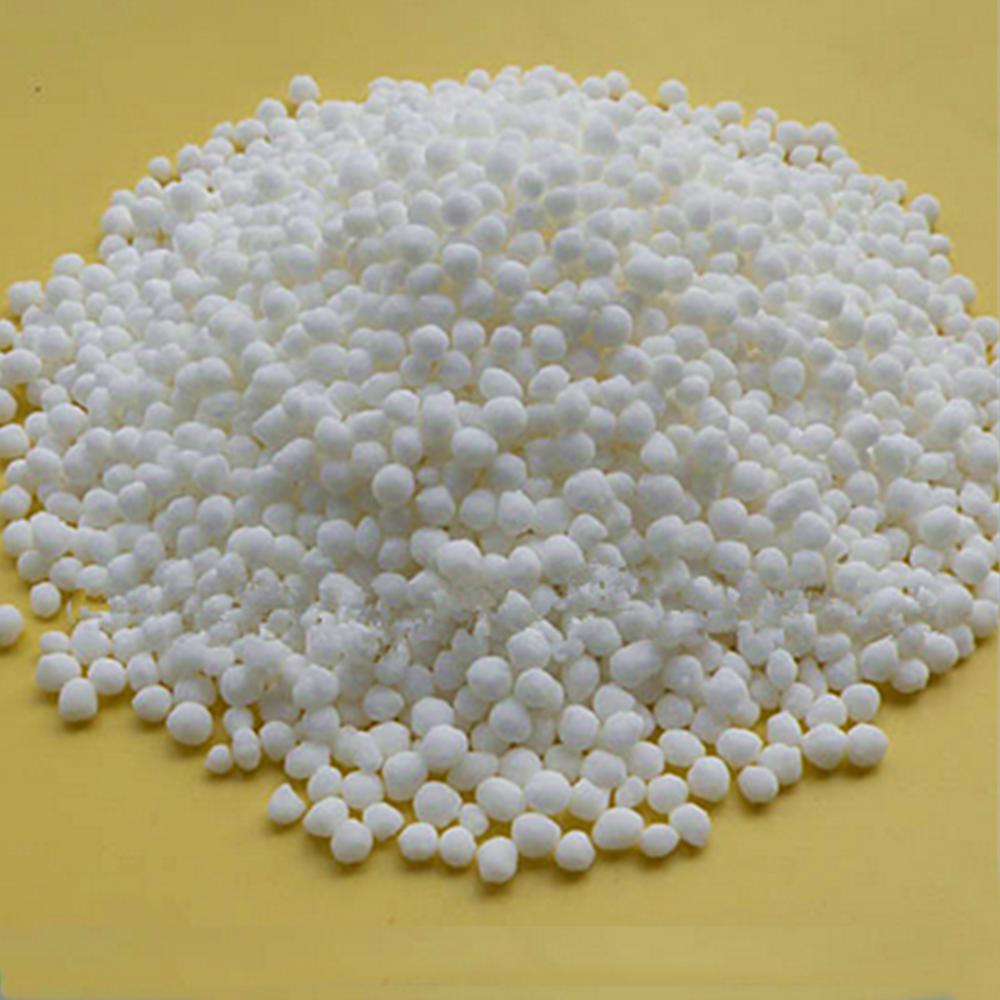



sodium hydroxide pellets msds
Safety and Handling of Sodium Hydroxide Pellets An Overview
Sodium hydroxide, commonly known as caustic soda or lye, is a highly versatile and widely used chemical compound. It is encountered in various industries for applications such as soap making, water treatment, and food processing. However, due to its corrosive nature, it is essential to understand the safety and handling protocols associated with sodium hydroxide pellets.
Chemical Properties
Sodium hydroxide is an inorganic compound with the formula NaOH. It is a white, odorless solid that is highly soluble in water, producing a strong alkaline solution. When dissolved, it dissociates into sodium ions and hydroxide ions, making the solution highly caustic and capable of causing severe chemical burns.
Health Hazards
According to the Material Safety Data Sheet (MSDS) for sodium hydroxide pellets, exposure to this substance can pose significant health risks. Inhalation of dust or mist can lead to respiratory irritation, while skin contact can cause severe burns and damage. Eye exposure is particularly dangerous, as even brief contact can result in permanent damage, including blindness. Therefore, it is crucial to always wear appropriate personal protective equipment (PPE) when handling sodium hydroxide, including gloves, goggles, and face shields.
Storage and Handling
sodium hydroxide pellets msds

Sodium hydroxide pellets should be stored in a cool, dry, and well-ventilated area, away from incompatible materials such as acids, strong oxidizers, and moisture. Containers should be tightly closed to prevent moisture absorption, which can lead to the generation of heat and pressure. Furthermore, it is advisable to store sodium hydroxide above ground level to minimize the risk of spills and contamination.
When handling sodium hydroxide pellets, it is essential to follow a strict protocol. This includes working in a well-ventilated area or under a fume hood. In case of spills, the area should be evacuated, and appropriate cleanup methods, such as neutralizing the spill with an acid, should be implemented. Always refer to the MSDS for specific guidance on handling spills and responding to chemical exposure.
First Aid Measures
In the event of exposure, immediate action is crucial. If sodium hydroxide comes into contact with the skin, the affected area should be rinsed with copious amounts of water for at least 15 minutes. For eye exposure, flushing with water is imperative to prevent severe damage. Inhalation of sodium hydroxide dust requires moving the affected individual to fresh air immediately.
Conclusion
Sodium hydroxide pellets are powerful chemicals that require careful handling and respect due to their hazardous nature. By following safety protocols outlined in the MSDS and adopting good practices for storage and use, risks associated with sodium hydroxide can be significantly minimized. Awareness and preparedness are key to safely working with this essential industrial chemical.
-
Why Sodium Persulfate Is Everywhere NowNewsJul.07,2025
-
Why Polyacrylamide Is in High DemandNewsJul.07,2025
-
Understanding Paint Chemicals and Their ApplicationsNewsJul.07,2025
-
Smart Use Of Mining ChemicalsNewsJul.07,2025
-
Practical Uses of Potassium MonopersulfateNewsJul.07,2025
-
Agrochemicals In Real FarmingNewsJul.07,2025
-
Sodium Chlorite Hot UsesNewsJul.01,2025










